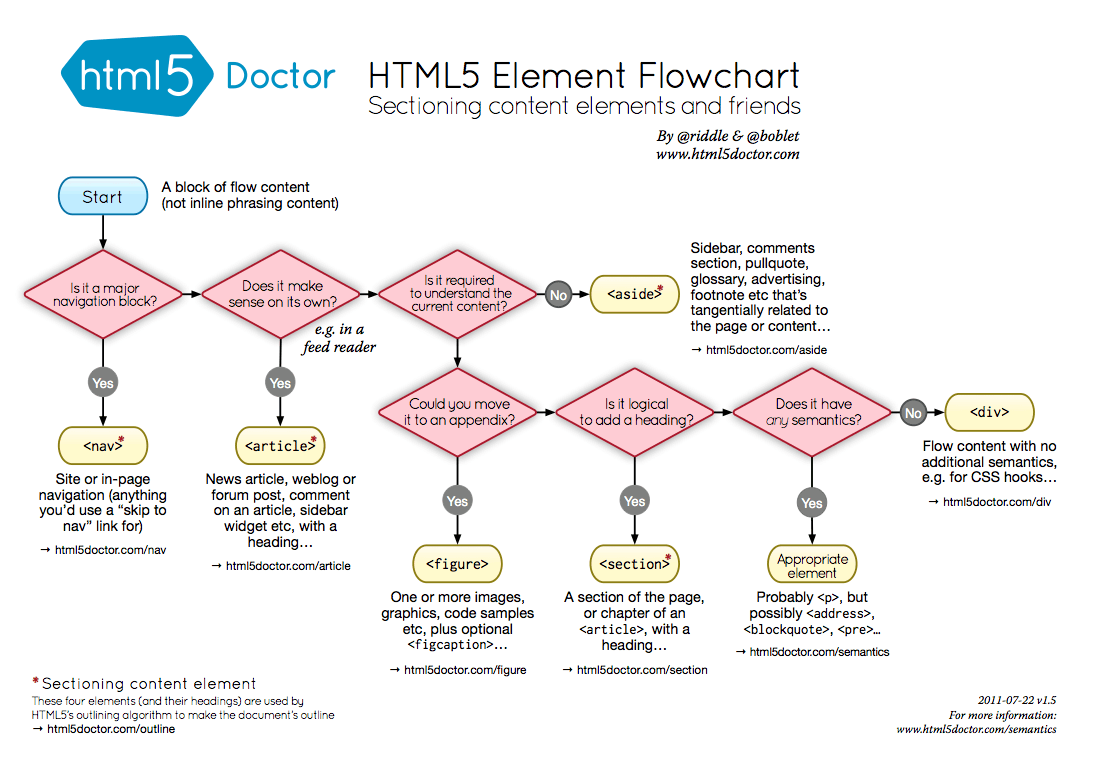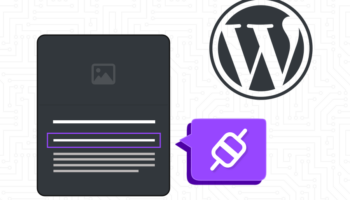 As a developer when creating a website it is important to think not only of the content being displayed on page but also the structure behind it. Making sure your HTML is valid and functional is one thing, but by using the correct tags you can help give your content more significance to browsers and search engines. This is where the use of semantic markup comes into play. Semantic HTML reinforces the meaning of the content on webpages through the use of its markup rather than its presentation. While this will go unnoticed by the average site visitor, browsers, crawlers, and accessibility tools will benefit.
As a developer when creating a website it is important to think not only of the content being displayed on page but also the structure behind it. Making sure your HTML is valid and functional is one thing, but by using the correct tags you can help give your content more significance to browsers and search engines. This is where the use of semantic markup comes into play. Semantic HTML reinforces the meaning of the content on webpages through the use of its markup rather than its presentation. While this will go unnoticed by the average site visitor, browsers, crawlers, and accessibility tools will benefit.
How It Benefits Users
As stated above the average user will not noticed if a site is built using semantic markup, but a web browser certainly will. When rendering a page using semantic markup your web browser better understands how best to present content to you. This is most evident for users requiring the aid of accessibility tools such as screen readers. The additional information and structure within a site’s code can help the user’s assistive technology.
How it Affects SEO/SERPs
Perhaps the greatest advantage that semantic markup offers is that it allows search engines and crawlers to better understand the content they’re scraping. While there is no evidence that the use of this markup directly affect page rank, it can make your results stand out more. By allowing the search engines spider to more easily understand the content and its parts you help present it to the users in a more helpful manner.
How It Helps Developers
Using semantic markup can also help developers maintain websites. By its nature it not only keeps content organized and accessible, but it can also help developers gleam information about the content and site itself. This allows for a better understanding of a website’s explicit purpose and what is most important in its content.
Resources






